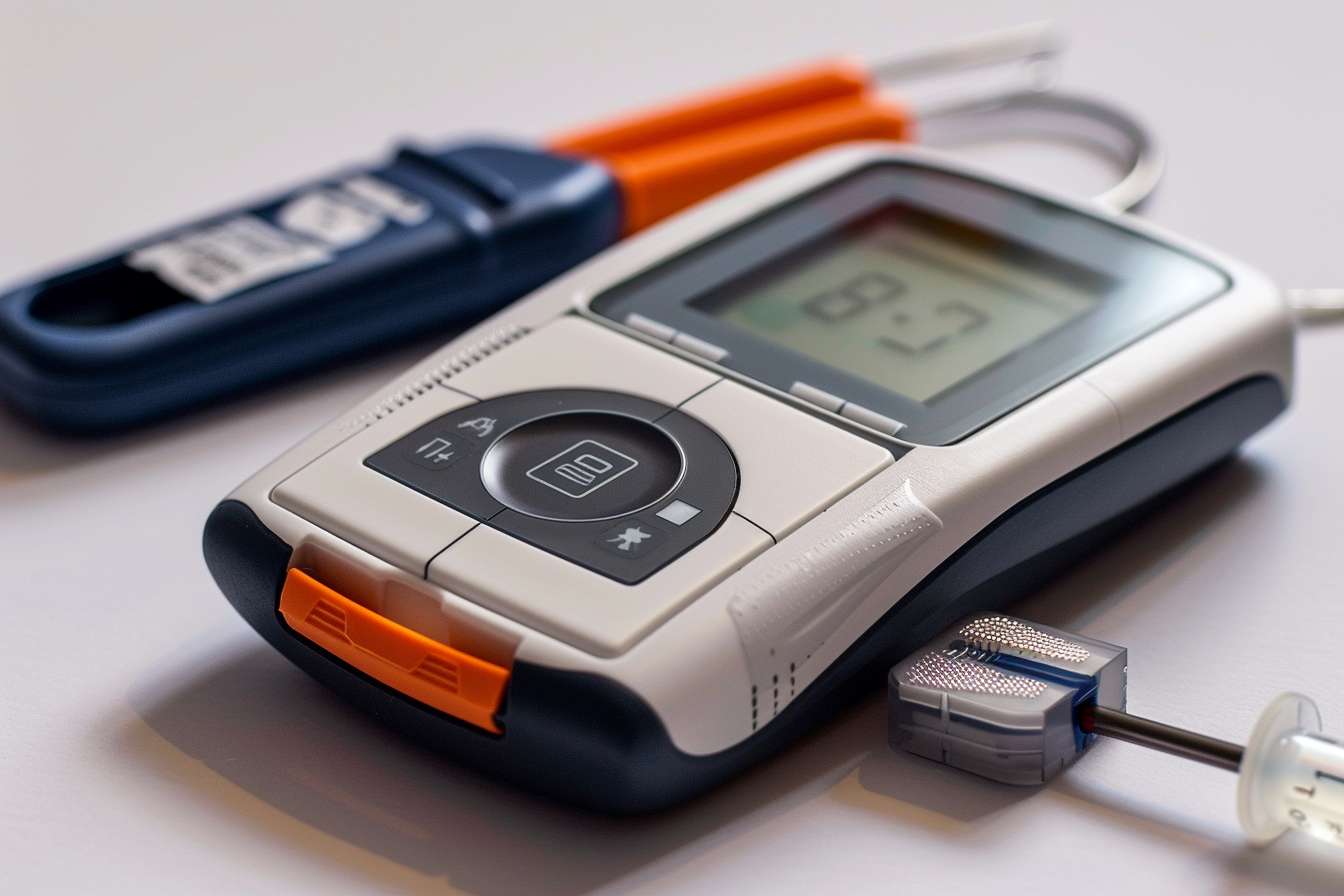General Information About Glucose Monitoring
Glucose monitoring refers to the process of measuring blood sugar levels at specific times. This practice is used in various health contexts and can be performed using different methods. Monitoring routines and techniques may vary depending on individual circumstances and medical guidance.

What does glucose monitoring involve?
Glucose monitoring involves regularly measuring blood sugar levels to assess how they fluctuate throughout the day. This process typically includes pricking a finger to obtain a small blood sample, which is then analyzed using a glucose meter. For some individuals, continuous glucose monitoring (CGM) systems provide real-time data without the need for frequent finger pricks.
What are the common tools used for glucose measurement?
Several tools are available for measuring glucose levels:
-
Traditional glucose meters: These portable devices require a small blood sample and provide results within seconds.
-
Continuous Glucose Monitoring (CGM) systems: These wearable devices measure glucose levels in interstitial fluid continuously, providing real-time data and alerts.
-
Flash Glucose Monitoring: Similar to CGM, but requires the user to scan the sensor to obtain readings.
-
Test strips: Used in conjunction with glucose meters to analyze blood samples.
-
Lancets: Small needles used to prick the skin and obtain blood samples for testing.
How are blood sugar values recorded and observed?
Recording and observing blood sugar values is essential for effective glucose monitoring. Many modern glucose meters and CGM systems can store data electronically, allowing users to track trends over time. Some devices even sync with smartphone apps or cloud-based platforms, enabling easy data sharing with healthcare providers.
Users often maintain logbooks to record their readings, along with information about meals, medications, and physical activity. This comprehensive approach helps identify patterns and potential factors influencing blood sugar levels.
How does monitoring frequency vary among individuals?
The frequency of glucose monitoring can vary significantly based on individual needs and medical advice. Factors influencing monitoring frequency include:
- Type of diabetes (Type 1 or Type 2)
- Medication regimen (insulin vs. oral medications)
- Overall health status
- Recent changes in treatment or lifestyle
- Pregnancy or other special circumstances
Some individuals may need to check their glucose levels multiple times a day, while others might only require weekly or monthly checks. It’s crucial to follow healthcare provider recommendations for optimal monitoring frequency.
How is glucose data used in context over time?
Glucose data collected over time provides valuable insights into an individual’s overall health and the effectiveness of their diabetes management plan. Healthcare providers use this information to:
- Adjust medication dosages or timing
- Recommend dietary changes
- Suggest modifications to exercise routines
- Identify patterns that may indicate the need for additional interventions
Long-term glucose data also helps in assessing the risk of diabetes-related complications and evaluating the overall success of treatment strategies.
What are some advanced features of modern glucose monitoring devices?
Modern glucose monitoring technology has advanced significantly, offering features that enhance user experience and improve diabetes management:
-
Predictive alerts: Some CGM systems can predict potential high or low glucose events before they occur, allowing users to take preventive action.
-
Integration with insulin pumps: Certain devices can communicate directly with insulin pumps, creating a closed-loop system that automatically adjusts insulin delivery based on glucose readings.
-
Smartphone connectivity: Many devices now offer companion apps that provide detailed analytics, customizable reports, and easy data sharing capabilities.
-
Extended sensor wear: Some CGM sensors can be worn for up to 14 days, reducing the frequency of sensor changes and improving convenience.
-
Water-resistant designs: Many modern glucose monitoring devices are water-resistant, allowing users to wear them while swimming or bathing.
What are the costs associated with glucose monitoring?
The costs of glucose monitoring can vary widely depending on the type of device, insurance coverage, and individual needs. Here’s an overview of some common glucose monitoring options and their estimated costs:
| Product/Service | Provider | Cost Estimation |
|---|---|---|
| Traditional Glucose Meter | Various manufacturers (e.g., OneTouch, Accu-Chek) | $20 - $70 for the meter; $0.50 - $1.50 per test strip |
| Continuous Glucose Monitoring System | Dexcom, Medtronic, Abbott | $1,000 - $1,500 for initial setup; $300 - $500 per month for supplies |
| Flash Glucose Monitoring System | Abbott FreeStyle Libre | $70 - $75 for the reader; $120 - $140 per 14-day sensor |
| Lancets | Various manufacturers | $5 - $20 for a box of 100-200 lancets |
Prices, rates, or cost estimates mentioned in this article are based on the latest available information but may change over time. Independent research is advised before making financial decisions.
In conclusion, glucose monitoring is a vital tool for managing diabetes and other conditions affecting blood sugar levels. With advancements in technology, individuals now have access to a wide range of monitoring options that can provide accurate, real-time data to support better health outcomes.
This article is for informational purposes only and should not be considered medical advice. Please consult a qualified healthcare professional for personalized guidance and treatment.
The shared information of this article is up-to-date as of the publishing date. For more up-to-date information, please conduct your own research.




